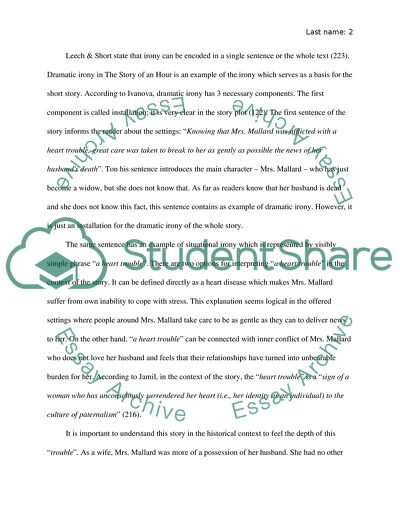Cite this document
(“Research paper Example | Topics and Well Written Essays - 1500 words - 16”, n.d.)
Research paper Example | Topics and Well Written Essays - 1500 words - 16. Retrieved from https://studentshare.org/literature/1648425-research-paper
Research paper Example | Topics and Well Written Essays - 1500 words - 16. Retrieved from https://studentshare.org/literature/1648425-research-paper
(Research Paper Example | Topics and Well Written Essays - 1500 Words - 16)
Research Paper Example | Topics and Well Written Essays - 1500 Words - 16. https://studentshare.org/literature/1648425-research-paper.
Research Paper Example | Topics and Well Written Essays - 1500 Words - 16. https://studentshare.org/literature/1648425-research-paper.
“Research Paper Example | Topics and Well Written Essays - 1500 Words - 16”, n.d. https://studentshare.org/literature/1648425-research-paper.


